The surroundings are beautiful, but living there brings many risks of disease to its nomadic inhabitants.
More than 800 physicians have just spent a week providing free medical treatment to the inhabitants of one of China's most isolated regions, a 10-day excursion rewarding to all concerned.
Before dawn on July 10 local nomads and herders gathered together at the front gate of a county health center, standing in a long line waiting for the medical team.
Many people regard this as the most beautiful season in the Aba Tibetan and Qiang autonomous prefecture, Sichuan province, home to about 900,000 nomads and farmers from different ethnic groups, including Tibetans, Qiang, Hui and Han Chinese. Tibetans account for 54 percent of them.
The medical team consisted of three academicians from the Medical Sciences Department of the Chinese Academy of Engineering, and more than 800 physicians, all of whom have been educated to professorial level.
On arriving in Aba the main team was divided into six units that visited 35 towns in six counties in the prefecture.
Despite the government's push to improve living standards in these isolated regions, local herders and farmers still have endemic conditions such as Kashin-Beck disease, which is a bone disorder, skin disorders and gynecopathy, the last of these occurring only in women. All complaints are associated with poor hygiene and a nomadic lifestyle.
The visiting medics also set up a public health school in Ma'erkang county, seat of the prefectural government. Hospitals in larger cities regularly send physicians to the school or use the Internet to train and consult local practitioners.
Last month two academicians from the Chinese Academy of Sciences gave the school's first training session, which focused on the treatment and prevention of heart and cerebral diseases, and gynecology.
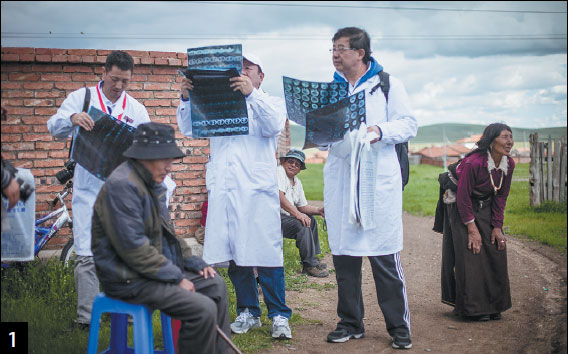
Doctors study a patient's X-rays and discuss treatment. Photos by Qin Bin / For China Daily
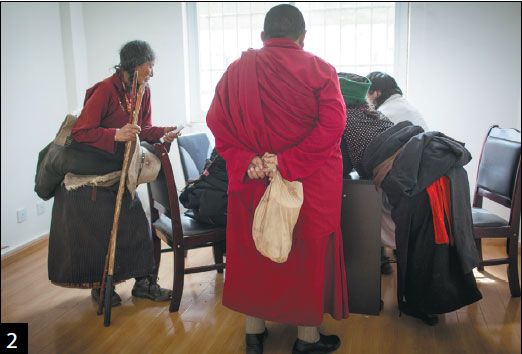
Tibetan patients listen to a doctor from Beijing.
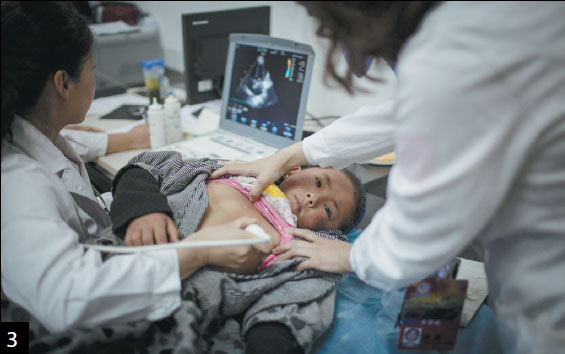
Doctors examine a Tibetan boy, 7, who has congenital heart disease. The low-oxygen environment is conducive to developing the disease.

A doctor feels a nomad's pulse.

A doctor suffering from altitude sickness. The average altitude in the area is 3,500m.
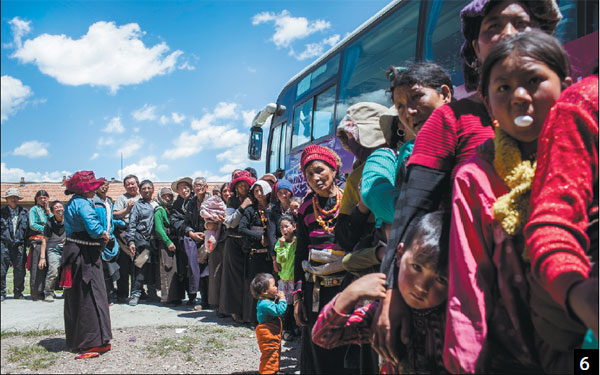
Locals line up for free medical services offered by the project Building Chinese Hearts.
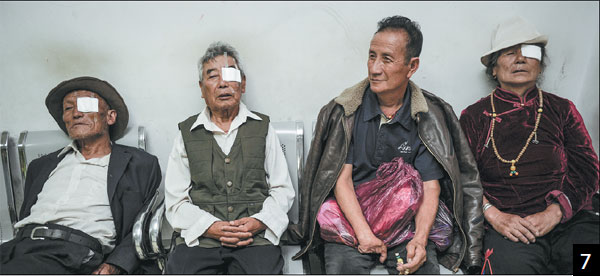
Patients rest in a hospital corridor after receiving cataract surgery from the medical team.
Editor: Lucia Su
